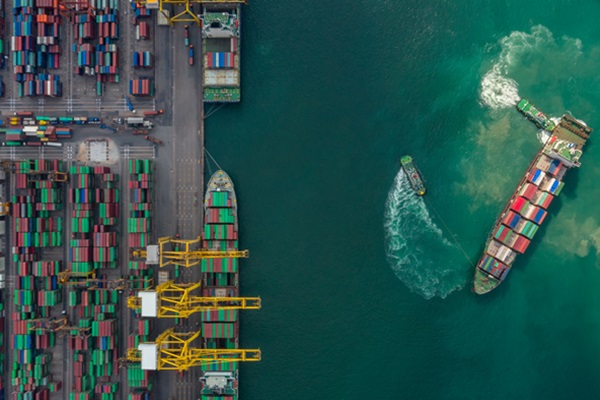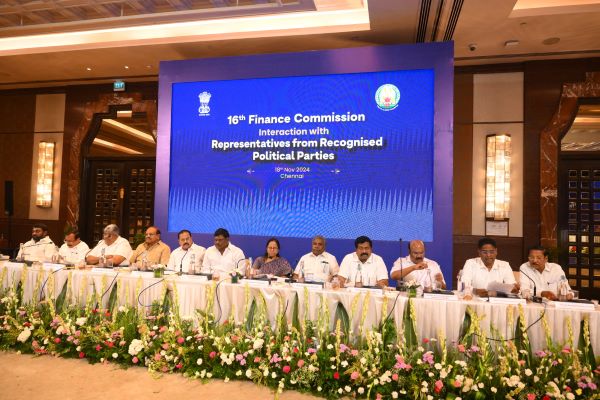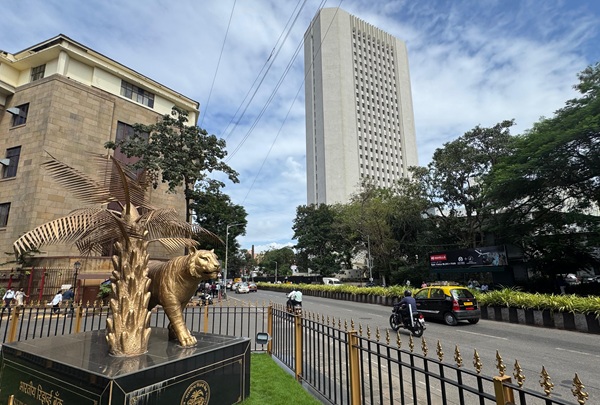.png)

Ajay Srivastava, founder of Global Trade Research Initiative, is an ex-Indian Trade Service officer with expertise in WTO and FTA negotiations.
November 1, 2025 at 5:07 AM IST
Washington’s October 22 sanctions on Russia’s top oil companies, Rosneft and Lukoil, have placed India in a difficult position on both energy and trade. Combined with steep US tariffs on Indian exports, the sanctions have reshaped the landscape of India–US relations.
India’s challenges began when the US introduced a 25% “Russian oil” tariff on Indian exports on July 31, 2025, accusing New Delhi of “fueling the war” by purchasing discounted Russian crude oil. When the tariff took effect on August 28, total US duties on Indian goods doubled to 50%, leading to a 37% fall in exports between May and September.
Despite this setback, India continued to import Russian oil, expecting tariff relief once a trade agreement advanced. That expectation collapsed on October 22, when the US sanctioned Rosneft and Lukoil, which together account for 57% of Russia’s crude output. The order warned that any company trading with them could face secondary sanctions.
The secondary sanctions extend far beyond trade restrictions. They can block access to the SWIFT payment system, freeze dollar transactions, and even cut digital services critical to refineries, ports, and banks. The risks are real: on July 22, Microsoft suspended services to Nayara Energy, an Indian refinery with Russian links, citing EU sanctions. The shutdown continued until legal intervention restored access.
While tariffs hurt exports, sanctions can disable critical systems. India’s dependency on US-based digital platforms magnifies this vulnerability.
Negotiation Challenge
In the trade deal Washington reportedly seeks:
- Removal of tariffs on most industrial goods
- Opening of the farm and dairy sectors, including access for genetically modified corn and soybeans
- Unrestricted cross-border data flows
- Relaxed e-commerce and intellectual property rules
- Larger commitments to buy US oil, LNG, and defense equipment
In exchange, the US offers limited relief—reducing its tariffs on Indian exports from 25% to roughly 15–17%.
GTRI’s Three-Step Plan
Step 1: Stop Buying Oil from Sanctioned Firms
India must immediately halt oil purchases from Rosneft and Lukoil to avoid exposure to secondary sanctions. These sanctions, unlike tariffs, can paralyse financial networks and operational systems.
Indian refiners and ports have already begun to reduce exposure: Reliance is scaling back Russian crude purchases, and Adani Ports has banned ships linked to sanctioned entities, affecting deliveries to IOC and HPCL-Mittal. A near-total halt by late November is now likely—driven by practical necessity rather than diplomatic choice.
Step 2: Push for Withdrawal of the “Russian Oil” Tariff
Once purchases from sanctioned companies stop, India should demand that Washington remove the 25% “Russian oil” tariff. The October sanctions cover only about 57% of Russia’s crude production; the remaining 43% comes from non-sanctioned producers, yet the tariff applies indiscriminately to all imports.
Correcting this would reduce the total US duty burden on Indian goods from 50% to 25%, improving competitiveness without entering a full trade pact.
Step 3: Restart Trade Talks on Equal Terms
Only after tariff normalisation should India resume trade negotiations. The two issues—sanctions and tariffs—must remain separate from the broader free trade agreement. When talks resume, India should target parity with major partners such as the European Union, seeking average industrial tariffs of around 15% and duty-free access for select export sectors including textiles, gems and jewellery, and pharmaceuticals.
India must also preserve its freedom to regulate the digital economy. Any commitment that obliges “non-discriminatory treatment” of digital services could, in practice, prevent India from taxing or regulating foreign platforms. Having lost much of the hardware ecosystem after joining the Information Technology Agreement (ITA-1) in 1997, India must not allow its software and data sector to be constrained by an overly broad digital clause.
Similarly, if imports of GM corn are permitted for ethanol production, India must enforce strict segregation: separate processing facilities, storage, and logistics to avoid mixing with non-GM varieties. Such steps are essential to protect farm incomes, seed diversity, and export credibility in non-GM markets.
India’s approach to US engagement must be sequenced, not rushed. The three-step plan—secure energy first, restore fair tariffs next, and negotiate trade on balanced terms—is the most effective way to safeguard national interests amid volatile geopolitics.




